Does flour go bad? That’s a valid question. Some stuff in the kitchen has long, long shelf life. Now, I know, you happen to see a long-forgotten bag of flour, and you start to wonder how long does it last before it expires. Well, let’s see what science say about that. Let’s read some facts about it.
Let’s broaden our knowledge a bit and answer some of the following questions first. Where does flour come from? What are the different types of flour? How can I tell if the flour has gone bad already? How do I store flour?Let’s start with the basics first. Read on!
Where Does Flour Come From?
When I was young, I thought all flour came from wheat (was that stupid?) Well, flour is a powder made from ground dehulled grain and some roots. Yep, grain and some roots! Wheat flour, soy flour, almond flour, rice flour, oat flour, cassava flour, and many others. These are some of the common flours you may see in the grocery. Wheat, above all, is the most common type of flour.
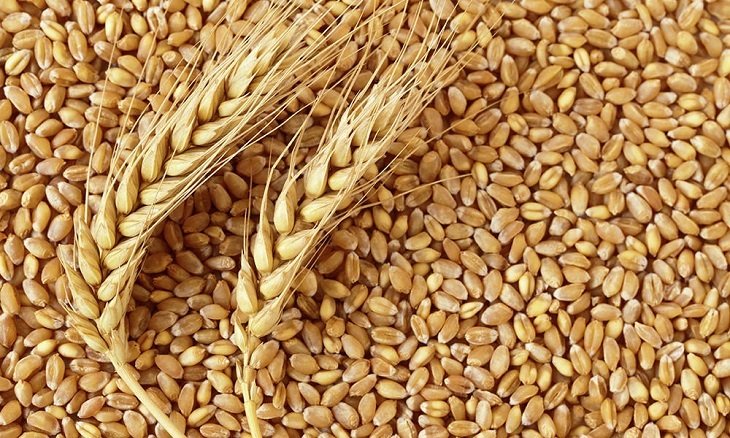 <img alt=”” src=”https://tasteinsight.com/wp-content/uploads/2017/05/Where-Does-Flour-Come-From.jpg” style=”width: 730px”>
<img alt=”” src=”https://tasteinsight.com/wp-content/uploads/2017/05/Where-Does-Flour-Come-From.jpg” style=”width: 730px”>
Via agweek.com
Though they are all flours and you can use them to substitute any flour in your recipe, each type has a distinct taste and characteristic when used. But, there will be some slight difference in your output if you change the type of flour you use!
What are The Different Types of Flour?
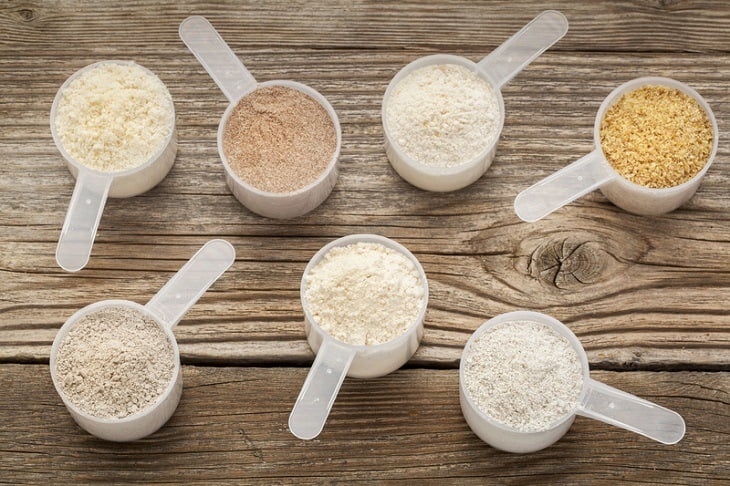 <img alt=”” src=”https://tasteinsight.com/wp-content/uploads/2017/05/types-of-flour-1.jpg” style=”width: 730px”>
<img alt=”” src=”https://tasteinsight.com/wp-content/uploads/2017/05/types-of-flour-1.jpg” style=”width: 730px”>
Aside from the different types of grains used in flour, there are some more archetypes of flour that you see on recipes. Again, each type has a different characteristic and can be best used in some specialty recipes.
All-Purpose Flour
Yes, you got it. This is a versatile type of flour you can use in any recipe and get a slightly varying texture from the recommended type. It is the most commonly used flour and is kind of in the middle of the extreme ends.
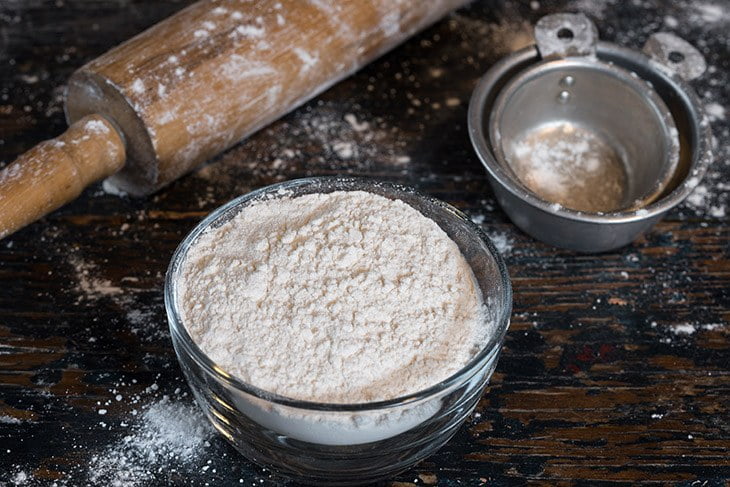
It is made from a combination of two types of wheat. It has a mixture of hard and soft wheat. All-purpose flour has about 10-12% protein content. Why bother with the protein? Well, the protein content determines how much gluten you will yield when you cook.Glu-what? Gluten is what determines the elasticity of your final product.
Bread Flour
Bread flour, as you may have guessed it, is what bakers favor when making bread. It has about 14-16% protein which, again, determines the chewiness of your bread. The higher amount of gluten helps the dough rise higher. This gives you fluffy, fluffy bread!
Pastry Flour
Well, what do you know? Pastries got its name because it uses pastry flour(not the other way around!)! Pastry flour only has about 9% of protein. That is low protein content and low gluten yield. Pastries don’t need to be fluffy, that’s why 9% protein is favored when making them.
Cake Flour
This flour is the finest type of flour you can get. It only has about 7-8% protein. Yes, the lower protein content yields to lower gluten content. You don’t need to get a fluffy cake, right? In fact, many cake recipe would not require rising! That’s why they are the very good type of flour for making cakes! You should make smooth flour before use it for cake.
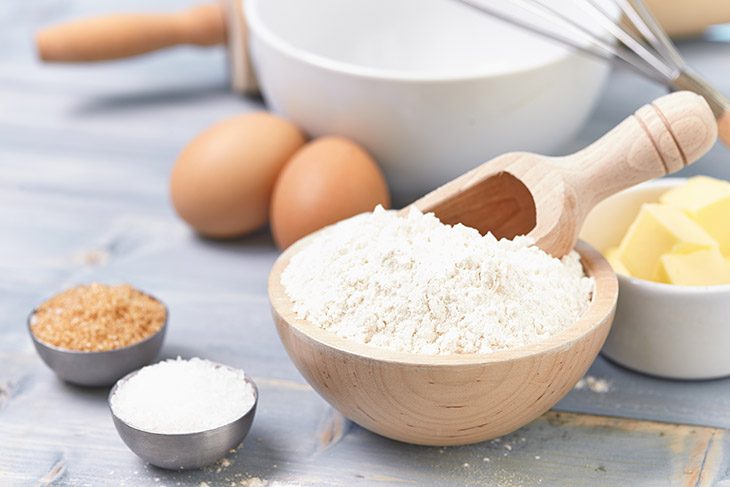
Whole Wheat Flour
This was another confusing term I had when I was young. I thought to myself, aren’t all flours and grains made of “ the whole something”? I mean, are there half wheat, or quarter grain, or something (my logic proved me naive once more!)?
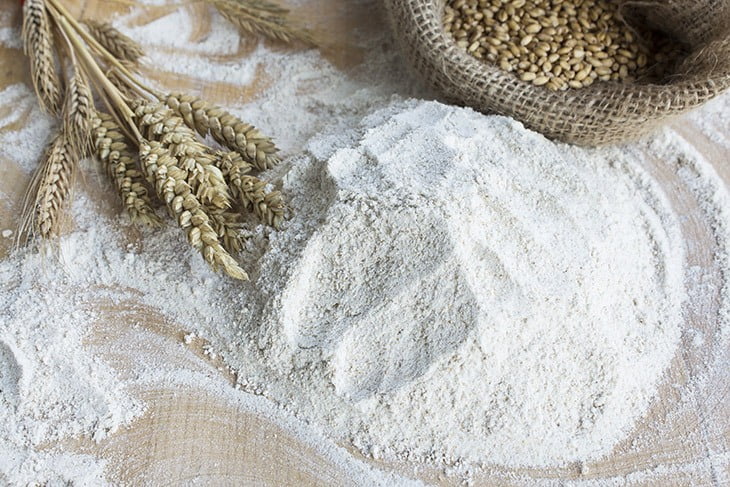
The term “whole” in whole foods means that the bran (the thin layer encapsulating the grain) and the germ (the actual stuff that contains the genetic code of the plant) are included in the processing! These parts of the grain are rich in B-vitamins and fiber!Whole wheat flour has about 13% protein and is more nutritious than other types because of the bran and the germ!
Does Flour Go Bad?
Hmm. So, you want to know if you can still use that forgotten bag of flour? Here it goes. Flour does go rancid. Whole wheat flour lasts shorter and will start to get rancid at about six months. Regular milled flour lasts longer and up to a year in the pantry.
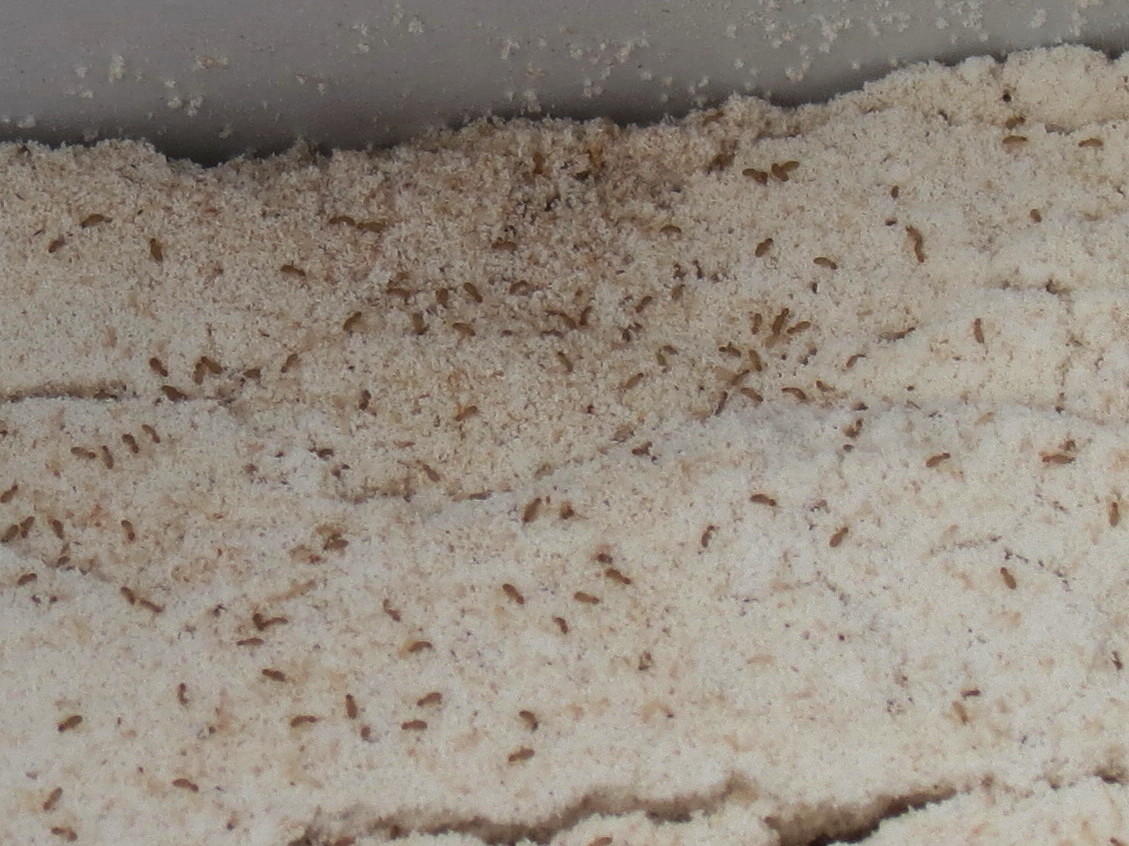 <img alt=”” src=”https://tasteinsight.com/wp-content/uploads/2017/05/Does-Flour-Go-Bad.jpg” style=”width: 1129px”>
<img alt=”” src=”https://tasteinsight.com/wp-content/uploads/2017/05/Does-Flour-Go-Bad.jpg” style=”width: 1129px”>
Via ispotnature.org
But the rancidity is not the real issue at all! Let me tell you right now that you should throw away that ancient flour! Your real concern is flour mites! Flour goes bad when mites start to infest them! Please, don’t hesitate to throw them out!
And if you happen to confirm that mites have infested your historical flour, schedule and perform a thorough investigation of the nearby dry loose powdery ingredients stored adjacent to it. They might have caught some mites too!
How Can I Tell if The Flour Has Gone Bad Already?
If you have a keen sense of smell, you can easily smell rancid flour. If it’s in the early stage of becoming rancid, it can be a little difficult to tell by smelling. But, when you start to cook them, you will smell it, and you will hate yourself for buying flour in excess!
 <img alt=”” src=”https://tasteinsight.com/wp-content/uploads/2017/05/flour-1.jpg” style=”width: 730px”>
<img alt=”” src=”https://tasteinsight.com/wp-content/uploads/2017/05/flour-1.jpg” style=”width: 730px”>
Via shipton-mill.com
Take a close inspection to check for mites. Use a magnifying glass if necessary because they are real, really tiny. Look for specs of uneven discoloration. Rub some between your thumb and index finger and give it a sniff. Flour mites are smell has a hint of mint when they are squished.
- Pro Tip 1 – Do not buy excessive amounts of flour!
- Pro Tip 2 – If you can’t stand the idea that you don’t have it ready when you need it, buy small packets enough for one use.
How Do I Store Flour?
One good way of storing flour is placing them in airtight jars away from light and moisture in your pantry. Placing them inside the fridge will not give mites a conducive environment to thrive and multiply!
If you are concerned about four getting moisture in the fridge, throw some freshness packets or silica gel in them. This will absorb moisture and will prevent it from forming in your jar and effectively preventing moisture contamination!
Last Words
Flour is a common ingredient you can easily buy at the grocery. So, if you are wondering does flour go bad, if you are not sure how long that opened box of flour is sitting in your cupboard, just buy some on your next visit to the grocery. Saves you from thinking if your recipe will taste rancid or will have dead insects on them!
Tell me your thoughts. Have you found this post useful? Feel free to leave a message below. I will get back to you soon as I can!